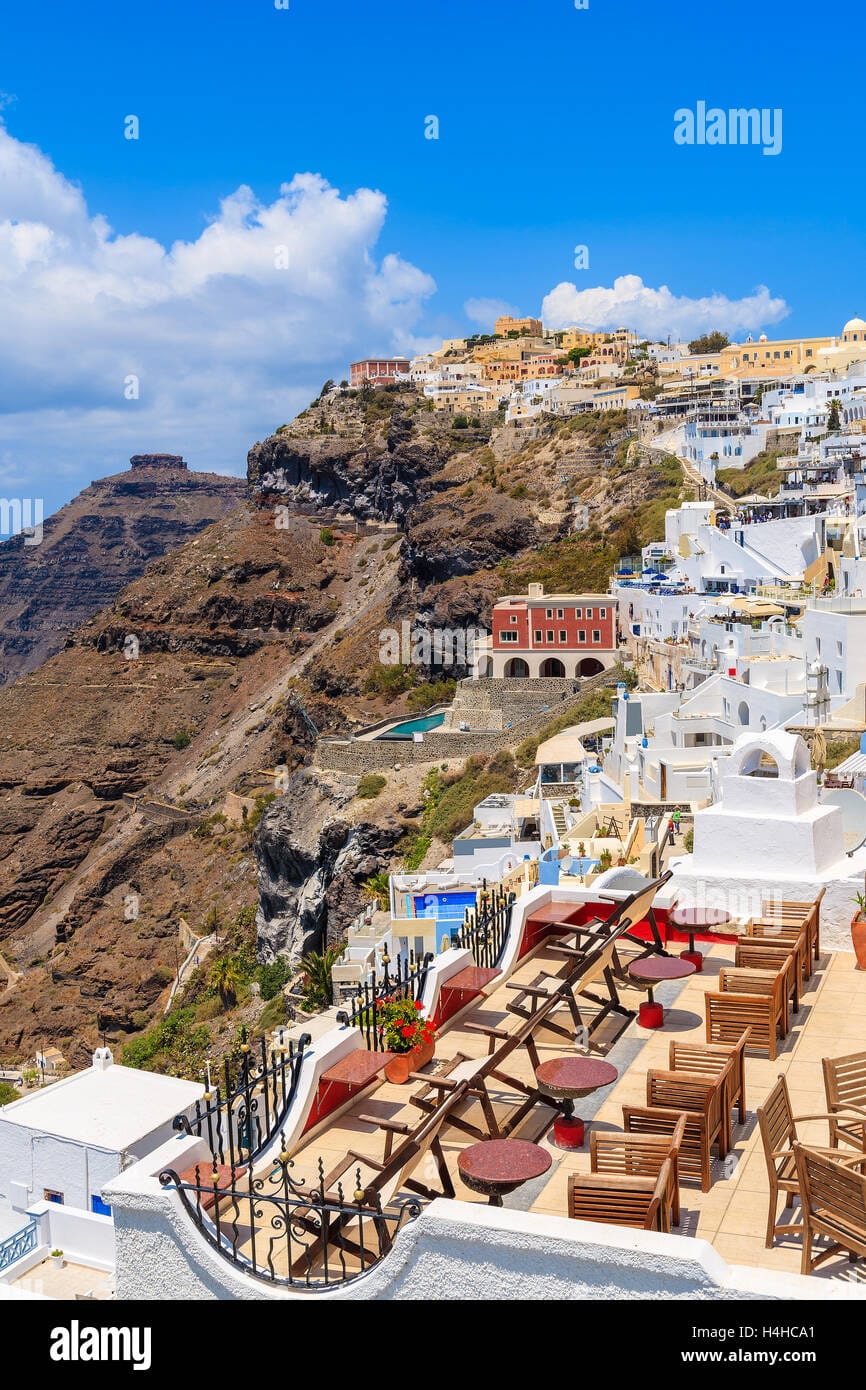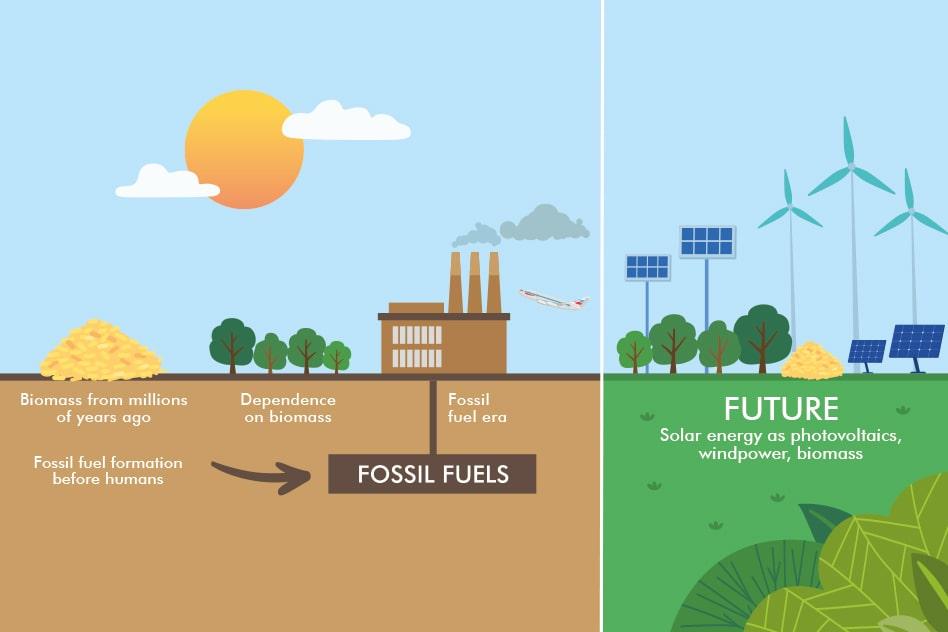The idyllic Greek island of Santorini, renowned for its whitewashed buildings and azure-domed churches, has been rattled by an extraordinary swarm of seismic activity over recent weeks. Hundreds of tremors, some exceeding a magnitude of 5.0, have struck the region, bringing growing uncertainty and alarm to both residents and international authorities. As scientists delve into geological data, the question of what is driving this surge in earthquakes remains unresolved.
Santorini, located in the Cyclades island group, is no stranger to seismic activity. Its unique volcanic lineage dates back thousands of years, with one of the most catastrophic eruptions in human history occurring in 1600 BCE, shaping its dramatic landscape. However, the current pattern of earthquakes is leaving experts to ponder whether this spate of seismic events signifies deeper geological disturbances or natural tectonic plate movements.
According to reports by Greek seismologists, more than a thousand earthquakes have been recorded in the vicinity of Santorini in merely a week. The shallow depth of several quakes has exacerbated their perceptibility, with residents describing the frequent tremors as nerve-wracking and disruptive. These seismic waves are largely concentrated in an underwater fault zone south of the island, which has been historically active but not to this extent.
The increasing magnitude of the tremors has stirred concerns over the island’s volcanic system. Santorini’s volcanic cauldron, dormant since the 1950s, lies adjacent to Kolumbo, an undersea volcano. Some geophysicists have suggested that magma movement deep in the earth’s crust could be triggering the seismic events. However, this theory remains inconclusive in experimental studies, and there is no evidence to suggest imminent volcanic activity, according to agencies.
Authorities have acted promptly to mitigate risks and ensure public safety. Key emergency measures, including the closure of schools and precautionary evacuations, have been implemented in quake-prone areas. Residents in Santorini have been advised to avoid unnecessary travel near cliff edges and caldera structures vulnerable to additional seismic shocks.
The tourism industry, Santorini’s economic lifeline, has also been hit by fears of instability. As the winter tourist season approaches, SEV Business Association reports cancellations linked to safety concerns. Visitors leaving the island speak of sleepless nights spent in open spaces due to aftershocks lasting every 60 minutes.
“There’s a possibility this activity represents a precursor to something more explosive,” warns Eleni Angelou, head geophysicist at the Volcanic Institute in Santorini.”But we examine probabilities always unsure mathematically, this proves an equation.”
In contrast, seismologists at Athens University remain cautiously optimistic, highlighting Santorini’s deep subduction zones as “ordinary tectonic shifts likely subsiding gradually.” Meanwhile, the Paris National Geoscience team encouraged daily data-sharing amongst Greece and Italy’s Mediterranean Circle for alert crisis timeliness.
Travel advisories published worldwide urge vacationers to monitor Greek seismic safety networks but note—strong damage volatility exists below shallow coastline plates here. Officials deem shoreside distances ply measured vigilant alerts seismic mapping close coastal routes halting flights determine spew magma dome activity visual flickers future weeks coastal visit prudent risk reminders.



